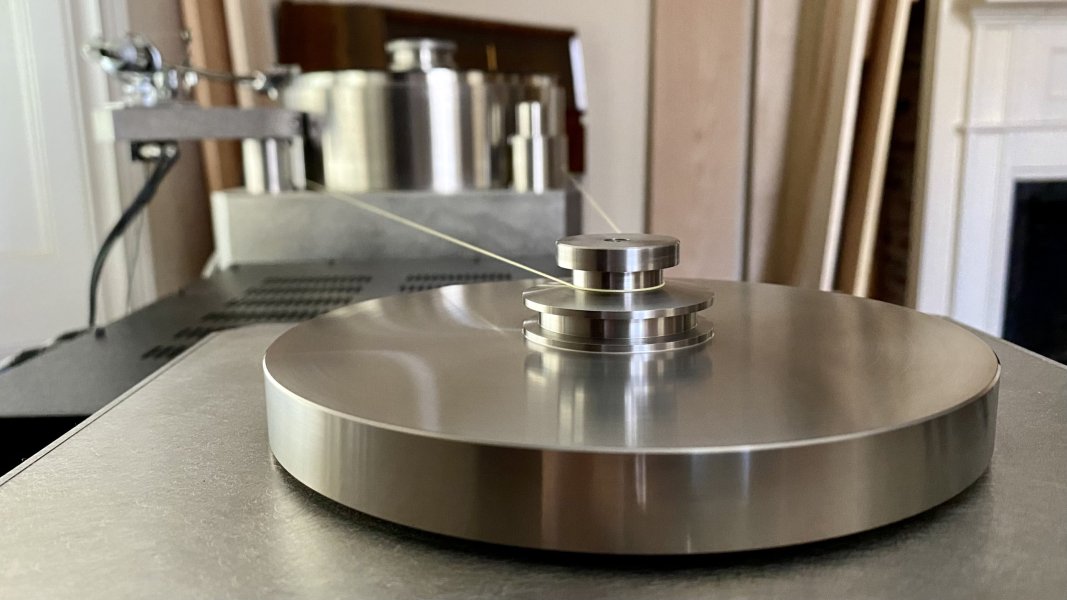Stainless steel with graphite matI have not heard the table , but i like the YT sound .
Is stainless steel the ideal platter material then ?
I like the material its very heavy / "almost " timeless
no matter if you use Boston audio, OMA or Audosilente mat the effect can always be described positively
Last edited:







